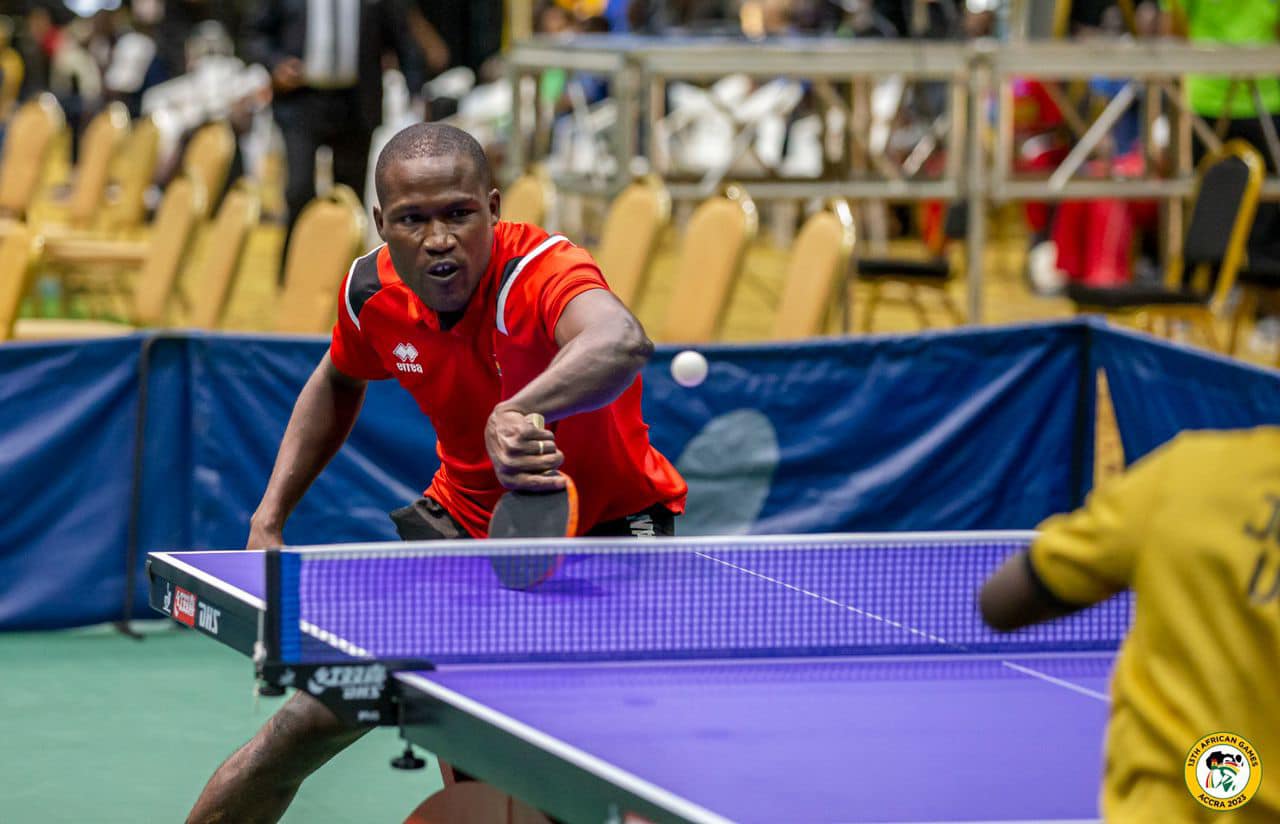Introduction: The Allure of Table Tennis
Table tennis, also known as ping-pong, is a sport that has enthralled participants and spectators alike with its fast pace, strategic depth, and display of skill. It’s an accessible game that can be enjoyed casually in a recreational room or competed in at a professional level on the global stage. Beyond the basic rules, table tennis offers a plethora of games and variations that cater to players of all skill levels, making it a continually engaging activity for exercise, competition, and social interaction.
The Basics of Table Tennis
Fundamentals of Play
Table tennis is played on a rectangular table with a net dividing the surface into two equal halves. The game involves two or four players hitting a lightweight ball back and forth using small, flat paddles. Points are scored when a player fails to return the ball within the rules. Mastery of the game requires developing a range of strokes—from powerful smashes to subtle spins—that can outmaneuver opponents, as well as quick reflexes and strategic thinking.
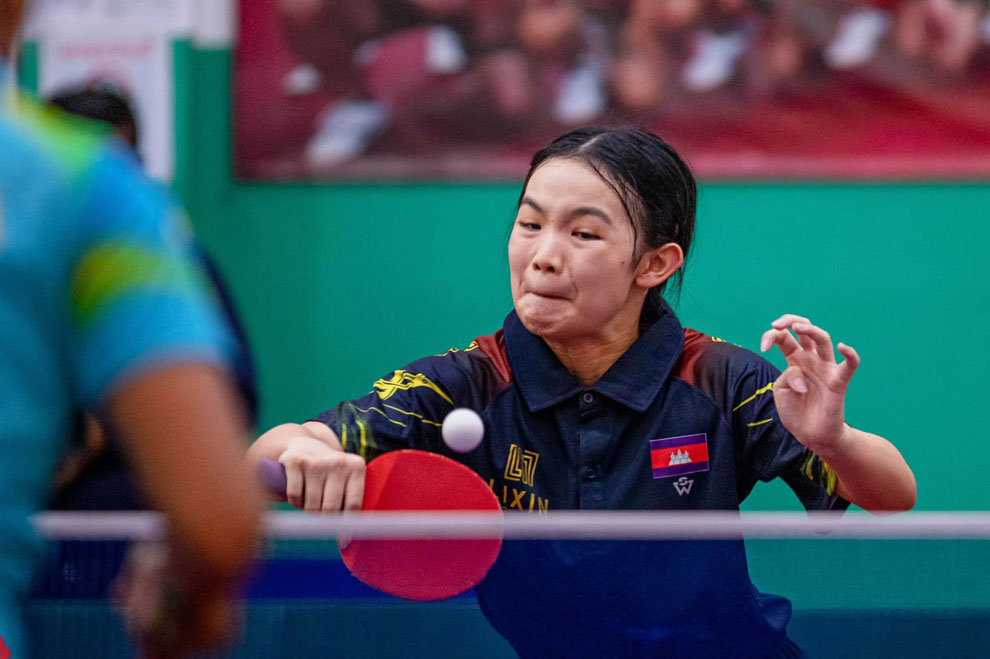
Understanding Different Strokes and Techniques
Developing a solid table tennis game involves learning a variety of strokes, such as the forehand and backhand drives, loops, chops, and serves. Each stroke has its application and can be used to varying effect depending on the opponent’s style and the overall match strategy. Players also need to master spin, which can be imparted to the ball to make its trajectory unpredictable and difficult to counter. Practice and experience are essential for understanding when to use each technique effectively.
Rules and Scoring in Table Tennis Matches
Table tennis matches typically consist of games played to 11 points, with players serving two points consecutively before switching. A player must win by at least two points, leading to deuce situations where the game continues until one player gains a two-point lead. Matches may be best-of-five or seven games, depending on the tournament or league rules. Familiarity with scoring and serve rotation is vital for competitive play and maintaining the flow of the game.
Types of Table Tennis Games
Singles and Doubles Play
The two primary forms of table tennis games are singles and doubles. Singles involve two players competing against each other, a test of individual skill and endurance. Doubles, with two teams of two, introduce an additional layer of complexity with synchronized teamwork and strategy. Doubles play requires precise coordination and communication between partners, as well as positioning and shot sequences that utilize both players’ strengths.
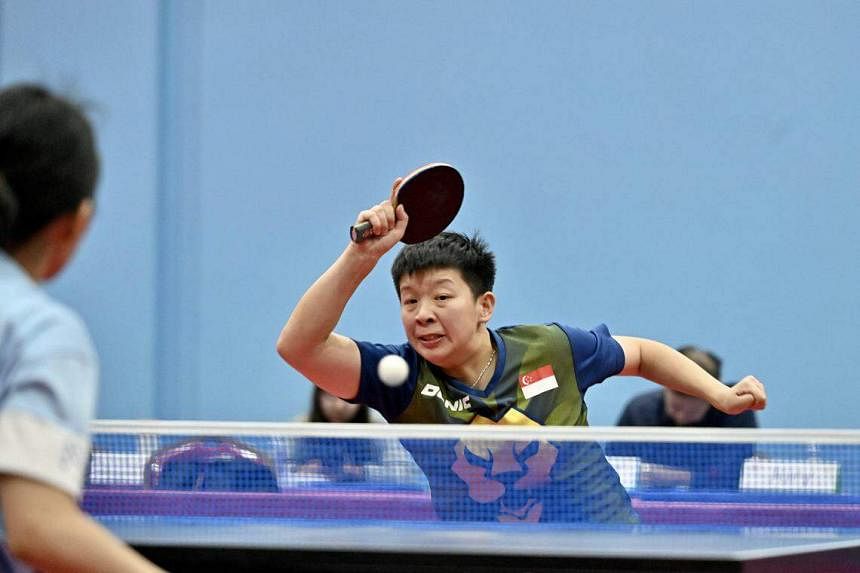
Variations for Casual and Recreational Play
Casual play often sees the introduction of playful variations to traditional table tennis. Games like ’round the table,’ where players take turns hitting the ball and circle the table, offer an inclusive and active way to involve more participants. Other modifications might include playing with handicaps, using creative scoring methods, or implementing rules that require certain strokes or targets. These recreational forms of the game make table tennis a dynamic and fun-filled activity for groups of friends and family.
Competitive Table Tennis Tournaments
For those seeking a more serious challenge, competitive table tennis tournaments provide a structured environment to test skills against other players. Tournaments can vary in format, from round-robin stages to knockout brackets, and categorize players by skill level, age, or gender. These events often follow the official rules of the sport, as governed by the International Table Tennis Federation (ITTF), and require adherence to standards regarding equipment, playing conditions, and conduct.
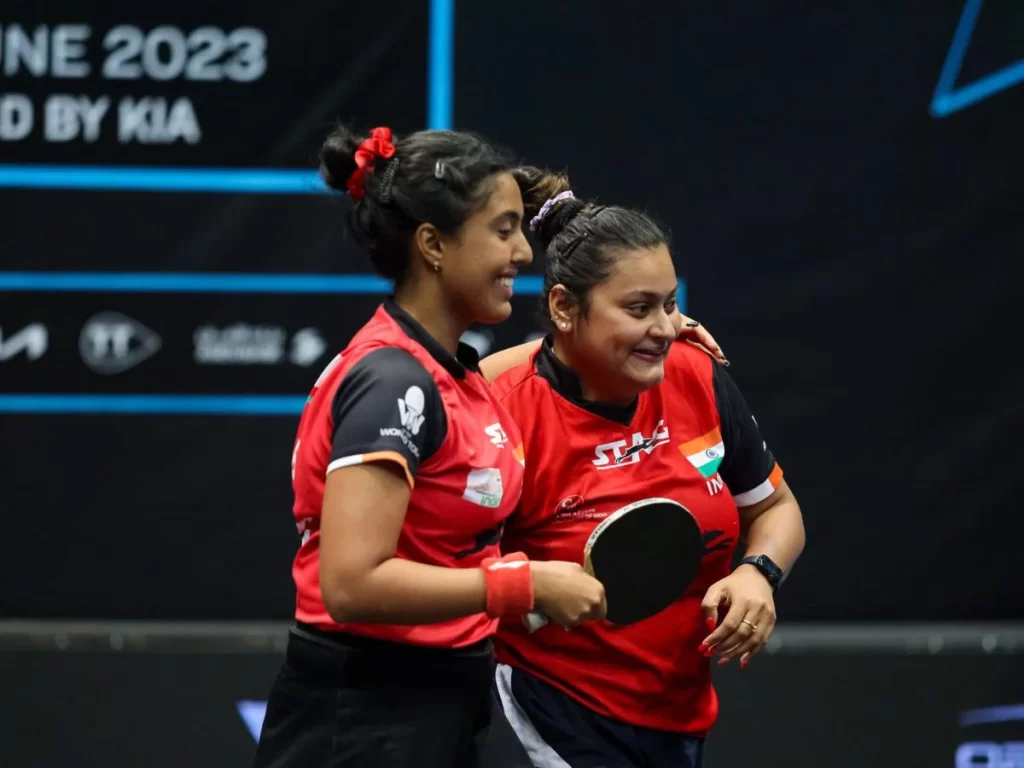
Training and Improving Your Table Tennis Game
Practice Techniques and Drills
Improving at table tennis involves structured practice and repetition of various drills to hone skills and increase consistency. Drills can focus on specific strokes, footwork, serve and return, or match-play scenarios. Working with a coach or experienced player can accelerate development by providing personalized feedback and strategic advice. Training tools like ball machines or return boards can also aid solo practice sessions.
Importance of Physical Conditioning
Although table tennis is often viewed as a game of finesse, physical conditioning plays a crucial role in achieving higher levels of play. Cardiovascular fitness allows players to sustain the fast pace of the game, while strength training, particularly in the legs and core, contributes to power and stability. Flexibility and agility exercises help players maintain quick, precise movements on the table, essential for reaching the ball and executing accurate shots under pressure.
Mental Strategies and Game Psychology
Table tennis is as much a mental game as it is a physical one. Developing mental toughness, focus, and strategic thinking can provide an edge in tight matches. Players must learn to read opponents’ cues, anticipate shots, and remain calm under stress, using psychological tactics to gain an advantage. Success in table tennis often comes down to clutch decision-making and the ability to adapt to the dynamic flow of the game.
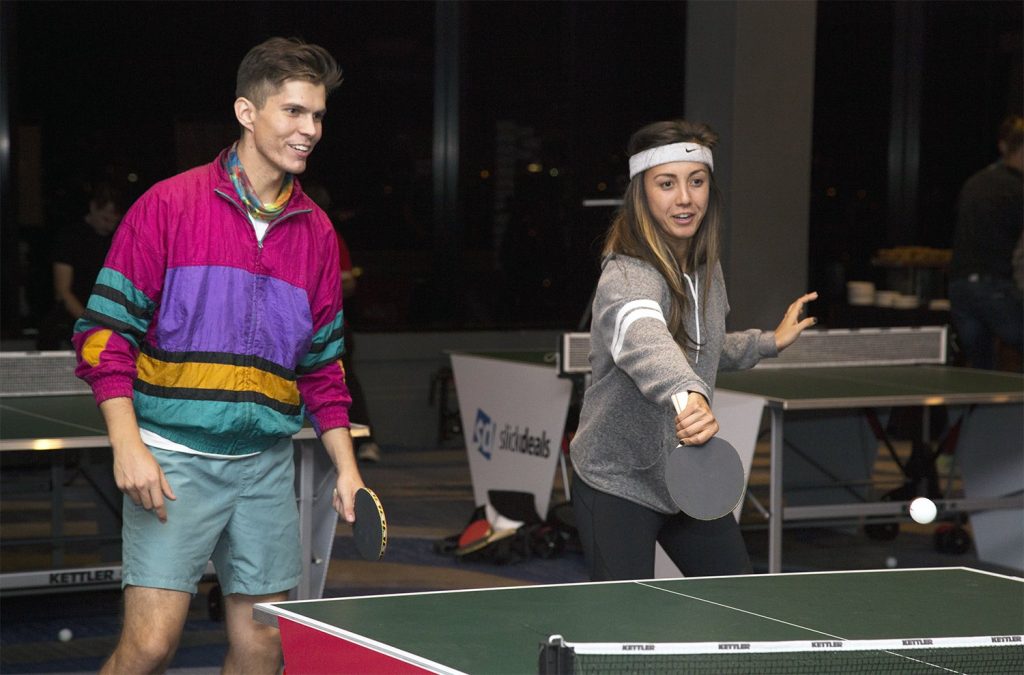
The Social and Health Benefits of Table Tennis
Table tennis has a unique ability to bring people together, fostering a sense of community and camaraderie among playersof all ages and backgrounds. The sport’s easy accessibility and minimal space requirements make it an excellent choice for community centers, schools, and workplaces. Regular social play can facilitate networking, friendship, and team-building. Table tennis clubs and leagues also contribute to these social dynamics, creating environments where enthusiasts meet to practice, compete, and share their
Enhancing Physical and Mental Well-being
Playing table tennis offers multiple health benefits, including improved hand-eye coordination, reflexes, and balance. The aerobic nature of the game helps with cardiovascular fitness and calorie burning, while the concentration required during a match sharpens mental acuity. Regular play can also alleviate stress and boost mood, contributing to overall mental well-being. For older players, table tennis can be a low-impact exercise choice that still offers the opportunity to stay active and engaged socially.
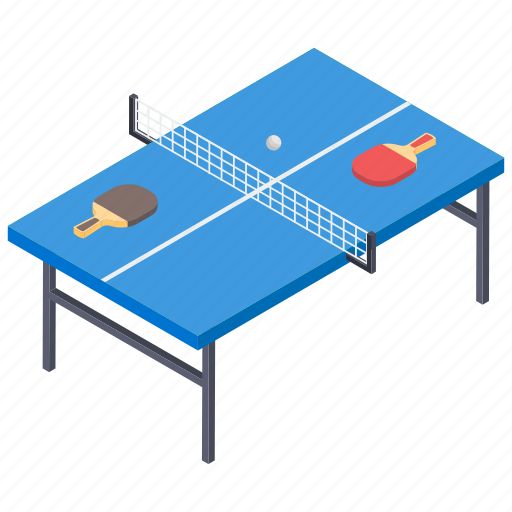
The Global Reach of Table Tennis
Table Tennis as an International Sport
Table tennis has achieved significant global prominence, with international competitions such as the Olympics and World Championships drawing widespread attention. The sport’s popularity extends from Asia, where it has a massive following, to Europe and the Americas. Athletes from different countries competing on the international circuit are role models for aspiring players and have significantly contributed to the sport’s growth and popularity worldwide.
Promoting Cultural Exchange and Diplomacy
Historically, table tennis has played a role in international relations, most famously during the “ping-pong diplomacy” between the United States and China in the 1970s, which helped ease tensions between the two nations. The sport continues to serve as a vehicle for cultural exchange, fostering goodwill and understanding among players from different cultures and countries. International tournaments bring diverse cultures together, celebrating competition and friendship through the universal language of sport.
